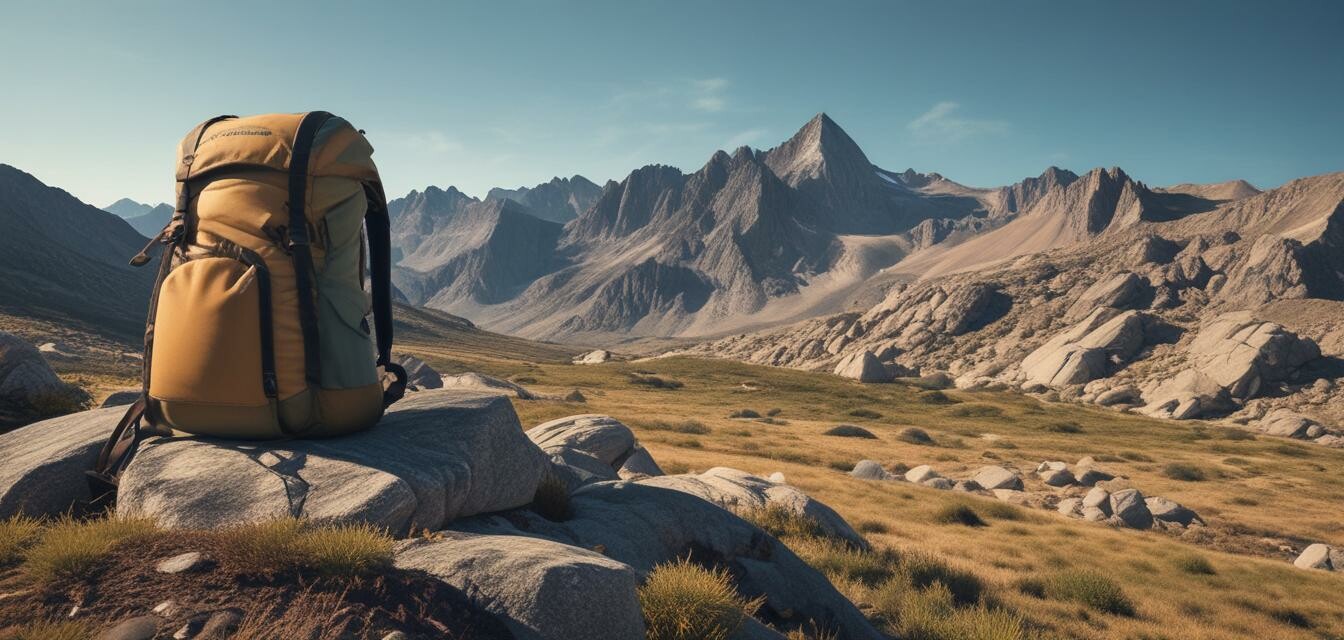
Essential Gear for Backpacking with a Dakine Pack
Key Takeaways
- Choosing the right backpacking gear enhances your outdoor experience.
- Compatibility with your Dakine pack is essential for organization.
- Prioritize lightweight and durable options to maximize comfort.
- Understanding your activity-specific needs zaps the planning stress.
Backpacking can be one of the most rewarding outdoor activities, offering an escape to nature's beauty and a chance to reconnect with yourself. When you're gearing up for your next adventure, having the right equipment is crucial. This guide will cover the must-have gear for a successful backpacking experience, highlighting how they complement Dakine packs effectively.
Understanding Your Backpacking Needs
Before you start packing your Dakine backpack, it's essential to understand your specific backpacking needs based on various factors, such as:
- Length of your trip
- Type of terrain
- Weather conditions
- Your personal preferences for comfort
Essential Gear Checklist
Below is a comprehensive list of essential gear you should consider bringing on your next backpacking trip:
| Gear Type | Description |
|---|---|
| Tent | A lightweight, easy-to-set-up tent that fits in your Dakine pack and protects against elements. |
| Sleeping Bag | A compact, insulated sleeping bag suited for the expected temperature range. |
| Cooking Set | A portable cooking set including pots, a stove, and utensils for warm meals. |
| Water Filtration System | Portable filtration options to ensure safe drinking water from natural sources. |
| Hiking Poles | Lightweight poles to assist with balance and reduce strain on knees. |
| First Aid Kit | A compact first aid kit with essential supplies for emergencies. |
| Multi-Tool | A versatile multi-tool to tackle various tasks and issues. |
| Headlamp/Flashlight | Bright and lightweight lighting solution for navigation after dark. |
| Navigational Tools | Map and compass or GPS device to stay on track during hikes. |
Features to Look For in a Dakine Pack
When selecting your Dakine pack, keep an eye out for these features to optimize your backpacking experience:
- Capacity: Ensure your pack has enough volume to accommodate your gear.
- Pockets and Compartments: Look for specialized areas for easy organization.
- Comfort: Padded straps and a breathable back panel enhance comfort during long hikes.
- Hydration System Compatibility: Many Dakine packs feature hydration reservoirs for easy access to water.
How to Pack Efficiently
Packing efficiently not only saves space but also adds convenience. Here are some tips:
- Place heavier items closest to your back for better weight distribution.
- Utilize stuff sacks to keep your gear organized and compact.
- Store foods and cooking gear near the top for easy access.
- Keep the first-aid kit accessible for emergencies.
Beginner Tips for Packing
- Test pack your gear at home to ensure everything fits.
- Leave behind any non-essential items to minimize weight.
- Get familiar with your equipment before hitting the trail.
Conclusion: Gear Up for Adventure
Equipped with the right gear and a compatible Dakine pack, you're set to tackle any trail. Make sure to consider your personal needs and preferences to maximize your adventure. Visit our Outdoor Adventure Packs and Buying Guides sections for further assistance in selecting the perfect pack for your adventures.
Pros
- Durable materials and construction of Dakine packs.
- Variety of styles suited for different activities.
- Innovative features enhance functionality and comfort.
Cons
- Some packs may be on the heavier side due to added features.
- Price point can be higher than other brands.